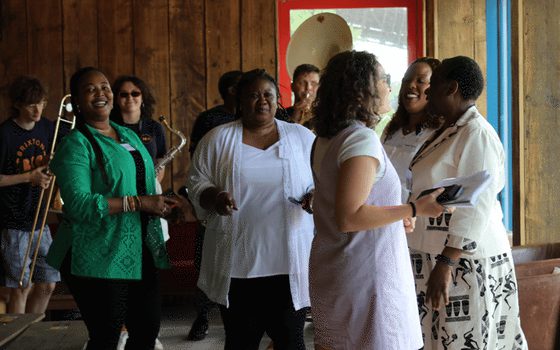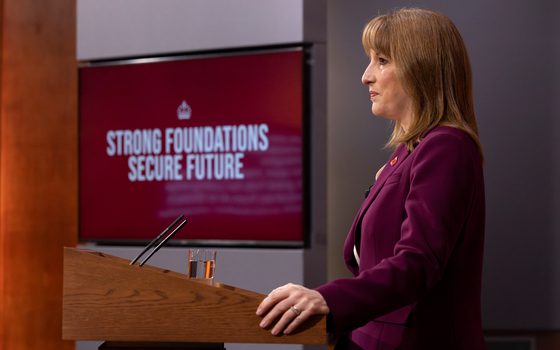Who has a public right of way?
An analysis of provision and inequity in England and Wales
20 September 2023
A surge in recent research evidences the role regular visits and exposure to natureplay in individual and community wellbeing. Focused primarily on public green space and the greenness of public areas, this research has also pointed towards significant inequity in the social distribution of access to nature. But, to date, a vital piece of this puzzle has been missing from the discussion: the role of the path network.
This research breaks new ground in our understanding of the neighbourhood-level provision of paths and the critical infrastructure of nature access. We start from the basics, focusing here on the public rights of way (PRoW) and open access land, which together represent the fundamental mechanisms for legal protection of access to walking in nature across England and Wales. We analyse the provision of this critical infrastructure available within reach of every postcode in England and Wales and, herein, present headline results as well as intersections with other indicators of socioeconomic and demographic status and wellbeing.
We set out to answer the question ‘Who has a right of way in England and Wales today?’. The answer, in the simplest of terms, is the old, the wealthy, the healthy, and the white. We evidence significant inequities in provision, which will impact and divide the experiences of everyday community life and interactions with nature of different groups in England and Wales. In addition, we highlight how failures to record, protect, plan, and expand the nature access infrastructure have led to significant losses of potential PRoW to the most deprived and held-back communities. Our findings include:
PRoW provision is deeply unequal and missing from the communities that need it most.
- Residents of the least deprived areas of England and Wales see 80% more PRoW provision in their local area than the most deprived.
- Areas in the lowest-levelling-up need category have a median level of PRoW provision 30% higher than those areas most in need.
- This gap widens even further when looking at the ethnicity divide, where the most whitedominated areas have 144% more local PRoW than the most ethnically diverse.
- Every one percentage point increase in an area’s white population is associated (ie correlated) with an additional 37m of PRoW within an 800m radius (10 minutes’ walk) of a postcode.
- Where health is worst (as indicated by heart attack prevalence) PRoW provision is also lowest.
We’re building walking infrastructure and natural experiences out of people’s lives.
- Neighbourhoods dominated by housing constructed in the mid-twentieth century typically have the highest provision of local PRoW, with housing built between 1965 and 1972 having around 40% more PRoW within an 800m radius than developments built pre-1940 or post-2000.
- A significant drop (-19%) can be seen in PRoW provision between 1990s-dominated developments and post-2000 developments.
- Further, if PRoW had been recorded and protected comprehensively over the past eight decades, communities across England and Wales would have on average 38% more PRoW in their local area than they do now.
- The most deprived communities in England and Wales are missing out on the greatest proportion of PRoW due to these losses and would have around 63% more in their local area today if all PRoW had been accurately registered in legal records in the second half of the twentieth century.
Action is needed to right these inequities and reverse the erosion of this core component of our national critical infrastructure.
- Legally record what infrastructure we can, protecting and reinstating historic rights of way for future generations.
- Protect what infrastructure we have, preventing loss to poorly planned development, blockage, or decline into disrepair.
- Expand infrastructure and target it where we need it most, raising significant investment in new paths and open access land in those communities currently cut off from nature.
Image: Unsplash/Fas Khan







